Every woman loves to look beautiful. There is a saying in the fashion industry that there are no ugly women, only lazy ones. By wearing appropriate clothing and applying exquisite makeup, any woman can look stunning. As a beautiful woman, you always strive to purchase good quality makeup products that suit your skin and allow you to create a refined look.
However, sometimes you may wonder why you can’t achieve the same beautiful makeup as others, even when using the same cosmetics and techniques. Have you considered that it might be due to the damage or wear and tear on your makeup brushes? Though not immediately apparent, damaged brushes can make your makeup application challenging.
Makeup brushes are essential for anyone who wears makeup. A complete set of makeup brushes includes various types such as a foundation brush, eyeshadow brush, eyeliner brush, and more. Investing in good-quality tools is half the battle, which is why many women buy branded makeup brushes. Undoubtedly, a set of branded brushes, such as M.A.C, is quite expensive and we always want to use them for several years. As a long-standing supplier of makeup brushes, we have a better understanding of how to maintain and prolong their lifespan.
The most common types of brushes available now are synthetic bristles and animal hair. The handles are predominantly made of wood, followed by plastic handles. Recently, there has been a growing trend in Europe and America towards eco-friendly products, so many brands now offer custom synthetic bristle brushes. To keep your makeup brushes long-lasting and durable, you should first understand how to clean them properly.
Cleaning:
Synthetic Bristles:
Synthetic brushes are made of plastic, which provides good flexibility and is generally less prone to breakage. They can withstand liquid or oil-based makeup products, such as foundation and concealer. For these types of products, you don’t need to clean the brushes daily; usually, cleaning them once a week is sufficient. If you use powder-based products like loose powder, you can gently tap the brush to remove excess powder, allowing for longer intervals between cleanings, such as every two weeks or around ten days, depending on the usage.
When cleaning synthetic brushes, use a mild shampoo or a specially formulated brush cleanser. Hold the brush head downwards, similar to holding a pen, and let water flow naturally through the bristles. Be cautious not to use too much water, as it can splash into the brush ferrule, potentially dissolving the glue that holds the bristles together and causing shedding. Gently rub the bristles with your fingers to remove any residue, allowing the water to carry away the dirt. If the upper part of the bristles is not dirty, there’s no need to wash it. Cleaning the dirty bristles used for makeup application is sufficient.
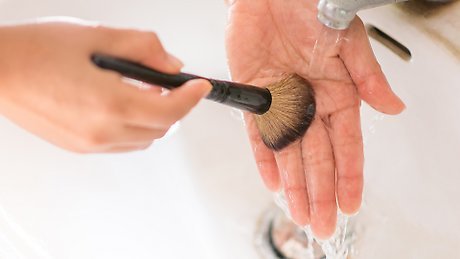
If you have a brush cleaning tool, it can provide a more thorough cleaning. Pay attention not to let water enter the metal ferrule where the bristles meet the wooden handle, as it may dissolve the glue and cause bristle detachment. After cleaning, use a paper towel to absorb excess water and hang the brush upside down in a cool, well-ventilated area until completely dry.
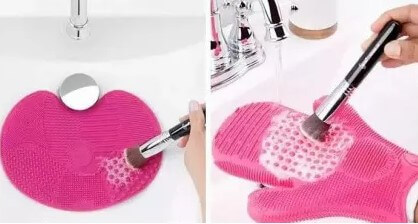
When cleaning, try to avoid contact between the cleaning solution and the handle, especially if the handle has a painted surface. Some wooden handles are coated with varnish to achieve a smooth finish, and certain cleaning agents may damage this coating and the handle itself.
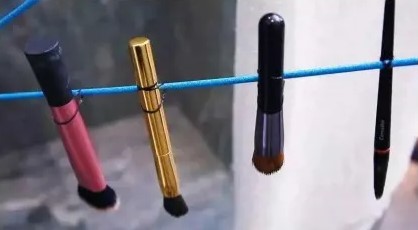
Animal Hair:
For brushes made of animal hair, the cleaning steps are similar to synthetic brushes. However, cleaning should not be done too frequently. Cleaning them once every 15 to 20 days is usually sufficient. Additionally, animal hair bristles can break easily, similar to human hair, so gently rub them between your hands instead of using rough tools. It’s important to note that the more expensive the animal hair, such as mink or squirrel hair, the more cautious you should be when cleaning them.
( wrong cleaning method )
Usage:
Proper usage of makeup brushes can also contribute to their durability. Since brush bristles are generally soft, we recommend using both synthetic and animal hair brushes. Some brushes work well with synthetic bristles, such as those used for liquid foundation, while others, like eyeshadow brushes, can be purchased with horsehair bristles. Horsehair is relatively stiff and elastic, which ensures even application of eyeshadow. For loose powder or foundation, synthetic bristles are suitable, as animal hair brushes tend to pick up excessive amounts of product, leading to wastage and a heavy application. When using the brushes, be gentle, and only dip the brush head into the makeup product, avoiding excessive saturation of the bristles, which can be difficult to clean.
By following proper cleaning, usage, and maintenance practices, you can effectively extend the lifespan of your makeup brushes. This not only helps reduce costs but also allows you to master your trusted makeup tools over the years.
Return Blog
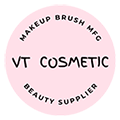
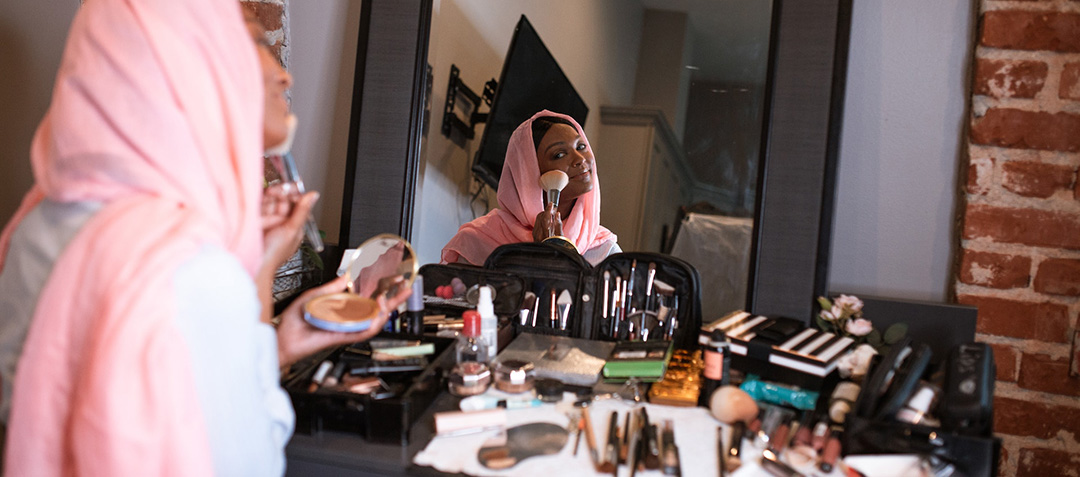
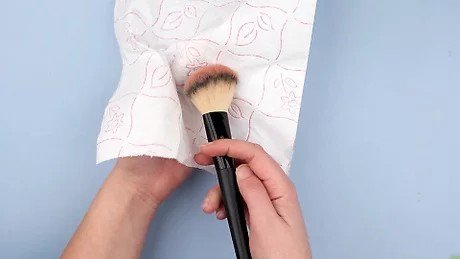

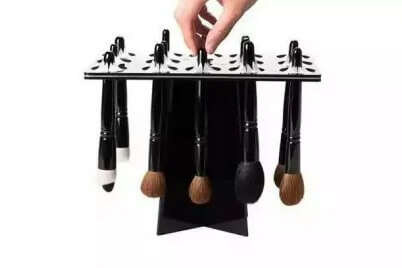
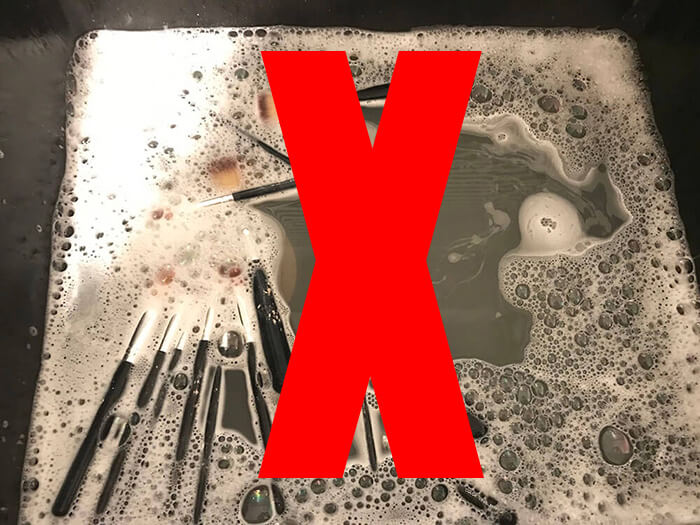
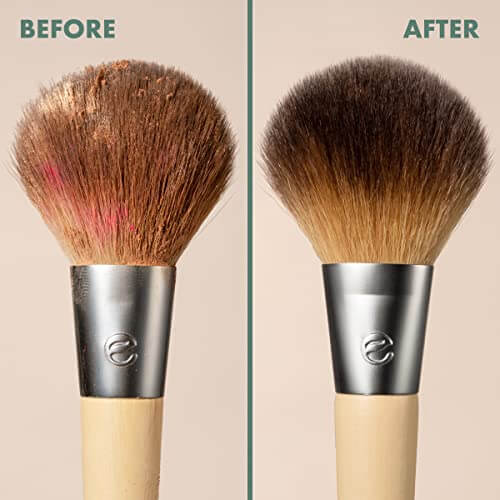
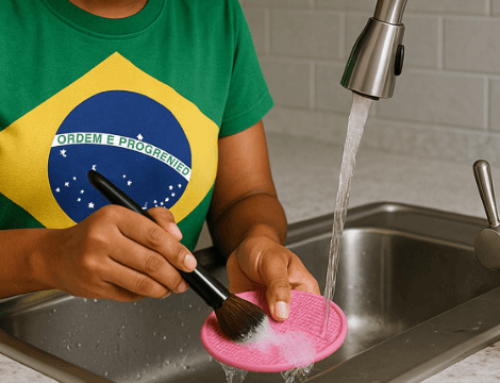
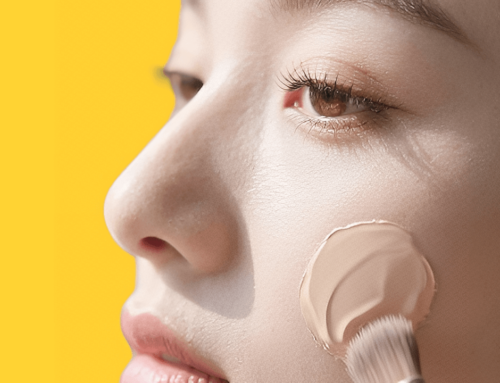
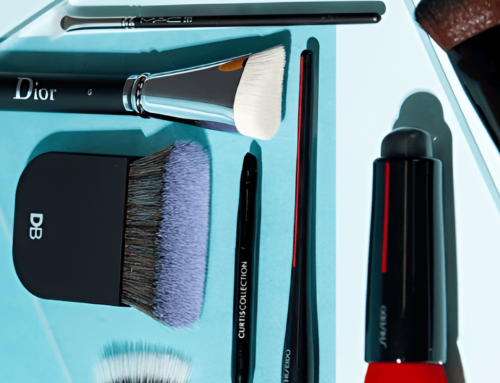
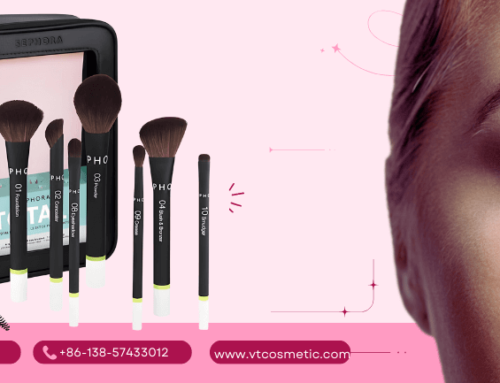
Recent Comments